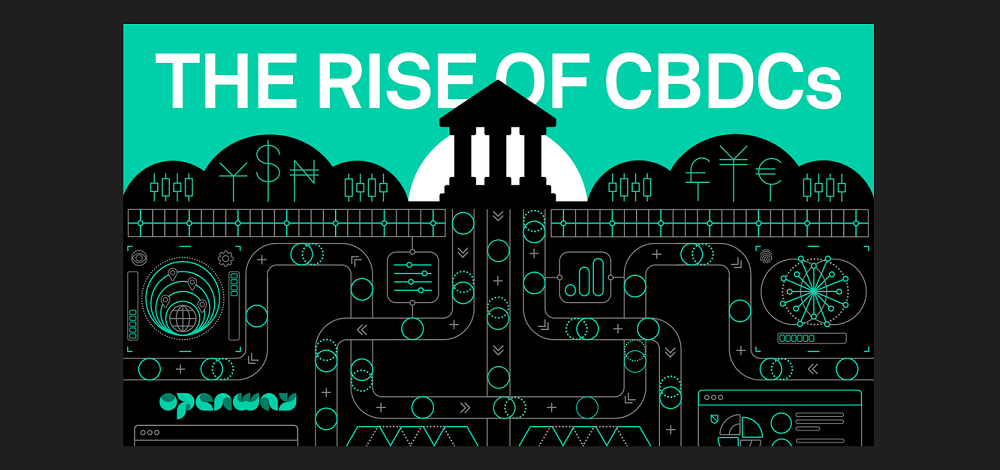
The responses from 86 central banks show that the work on retail CBDC is more advanced than on wholesale CBDC. In addition, this paper shows that most central banks see potential value in having both a retail CBDC and a fast payment system.
Global work on central bank digital currencies (CBDCs) continued to advance in 2022, with 93% of central banks being engaged in some form of CBDC work and more than half running concrete experiments or working on pilots, according to the latest BIS survey on CBDCs and crypto.
As work on CBDC advances, central banks’ uncertainty about short-term issuance of a CBDC is fading. A clear divergence has emerged: compared to last year, some central banks have become more likely to issue a retail CBDC within the next three years, while others indicated to be less likely to do so.
The share of central banks likely to have a wholesale CBDC in the short term more than doubled. The survey suggests that there could be 15 retail and nine wholesale CBDCs circulating among the public towards the end of this decade.
The survey of 86 central banks also indicates that emerging markets and developing economies (EMDEs) have progressed further in their CBDC work than advanced economies (AEs): all the current live CBDCs are issued in EMDE jurisdictions. The share of EMDE central banks piloting a retail (29%) and wholesale (16%) CBDC is almost twice as high as in AEs (18% and 10%, respectively).
If issued, retail CBDCs would be expected to complement and coexist with other domestic payment methods: most jurisdictions either have or plan to launch a fast payments system and believe that there may be value in having both a fast payments system and a retail CBDC.
This underlines the importance of ensuring interoperability with existing payment systems to be sure that payers and payees can seamlessly make and receive payments, regardless of the payment method or service provider.
Regarding the use of cryptoassets, the survey results show that to date stablecoins and other cryptoassets are seldom used for payments outside the crypto ecosystem.
Nonetheless, the turbulence in the crypto market in 2022 and beginning of 2023 showed that cryptoassets pose risks when not properly designed and regulated. Continued monitoring will help central banks to identify emerging risks and promptly address such risks with effective standards, oversight and policies.
Banking 4.0 – „how was the experience for you”
„To be honest I think that Sinaia, your conference, is much better then Davos.”
Many more interesting quotes in the video below: